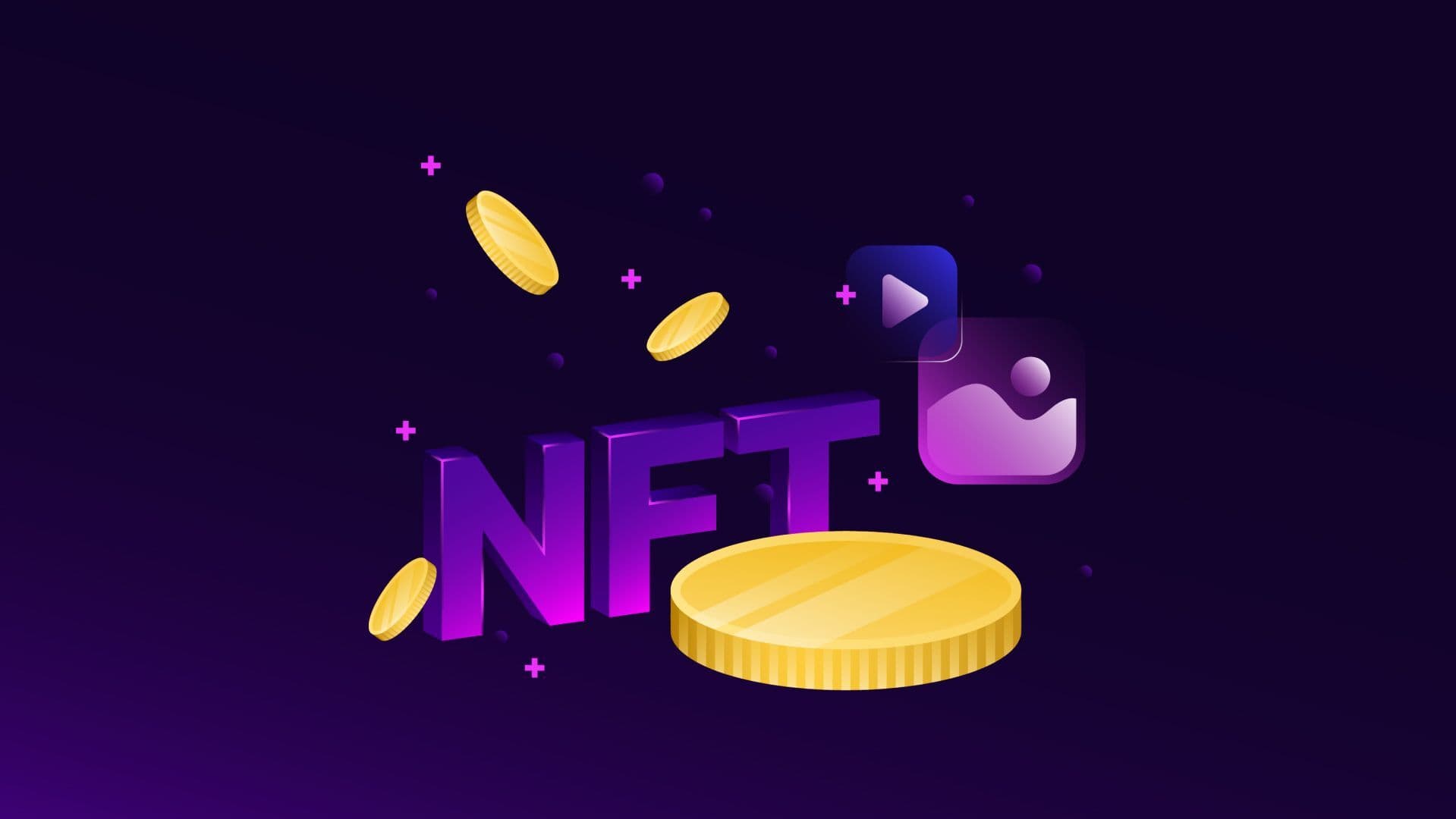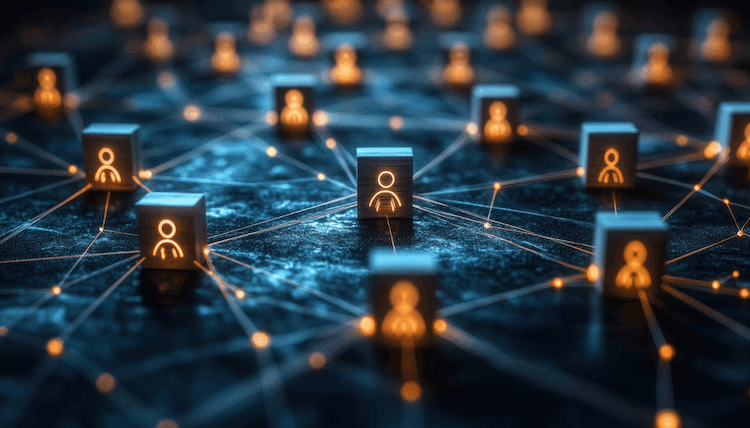
The longstanding issue of artists receiving fair compensation for their creations has been a constant struggle. An example is Harvey Ball, who designed the iconic yellow smiley face in 1963. Ball only received a mere $45 for his creation, while the company using it on t-shirts later on made a whopping $500 million in sales. Similarly, in 1958, Robert Rauschenberg sold his painting "Thaw" for $900, only to see it resold later for $85,000. The issue is apparent, royalties and ownership have not been fair to the original creators of artistic works.
Image Source: Vintag.es
The key to the problem arises when artists lose ownership of their work when passing on intellectual property rights to others. This means the value of the artwork now lies with the buyer, not the creator. To address this, the concept of re-sale royalty rights emerged, granting artists a percentage of the profits from reselling their original work. Yet, these rights remain vague and often fail to ensure fair compensation.
Through the advent of digital art and NFTs on the blockchain, the concept of royalties was reimagined. NFT royalties now allow creators to keep earning from their art even after the initial NFT sale. As a foundational element in the world of web3, major blockchains like Ethereum and Solana host many NFTs. The transparency and security of blockchain enable artists to track sales and ensure fairness.
How Do NFT Royalty Pay-Outs Work?
NFT royalties involve crypto payments that grant creators a portion of future sales. Creators set the royalty percentage when minting the NFT, usually around 6%-10%. Smart contract platforms responsible for NFT minting handle automated royalty payments. When a secondary NFT sale occurs, the smart contract deducts the specified percentage as a royalty for the creator.
For example, Ethernity and OurSong are two projects focusing on NFT royalties and ownership.
Ethernity Chain
Ethernity is a unique marketplace offering fully licensed NFTs from renowned brands and celebrities. The platform believes that art ownership, once exclusive, has become more accessible through NFTs. This democratization broadens ownership and creates new avenues for artists to profit and gain recognition. Ethernity aims to support this shift, providing artists a fair chance to reap the rewards.
Image Source: Ethernity.io
OurSong
OurSong, a subsidiary of Our Happy Company co-founded by John Legend, aims to empower musicians to monetize their work while building a community. Addressing the music industry's profit imbalance caused by streaming services, OurSong fosters direct connections between artists and fans. Fans can own exclusive NFTs to support their favorite musicians.
Image Source: OurSong
Since its February 2023 launch, the app has garnered 150,000 users. Artists can upload content as Non-Fungible Tokens (NFTs), valued in OurSong dollars ($OSD).
Conclusion
The fusion of blockchain technology and royalties has transformed ownership and authenticity. NFTs and blockchain have introduced unparalleled security and credibility to artwork authentication. This intersection creates digital ownership, potentially catalyzing artists' success and benefiting all parties, including artists, buyers, and the wider art community.



